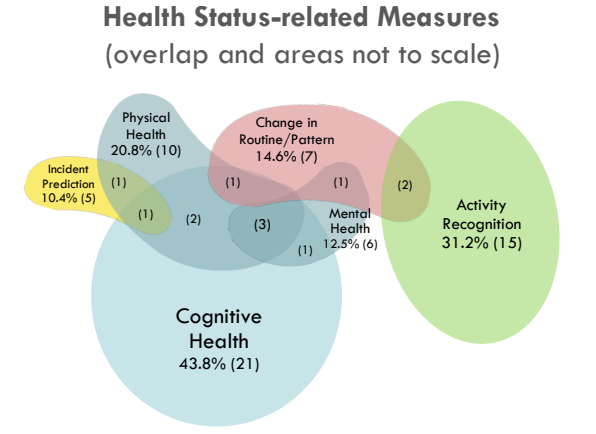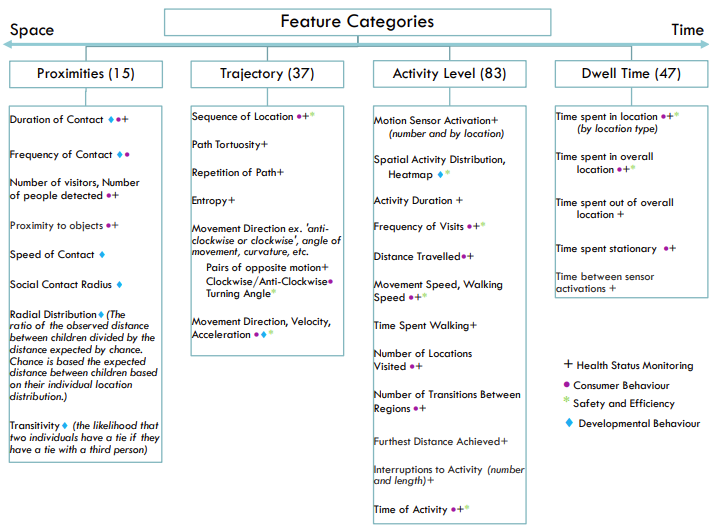Our BeaconRTLS™ and PrecisionRTLS™ produce a lot of historical data. How this data is used varies considerably from project to project. One use of the data is for determining human behaviour. For example, consumer behaviour, workplace safety behaviour, developmental child behaviour or other health-based analysis.
There’s recent research into Indoor Location Data for Tracking Human Behaviours: A Scoping Review that’s meta research in that it’s an analysis of past RTLS-based human behaviour research. The Canadian researchers looked into the varied ways behaviour can be extracted from RTLS data and the features that can extracted. They examined 79 studies using RTLS data to describe aspects of human behaviour. The most common use was to monitor health status, followed by analysing consumer behaviours, increasing safety, operational efficiency and investigating developmental child behaviours.

The main behaviour features were found to be dwell time, trajectory and proximity. While many papers were able to detect features and hence behaviours, few continued to clinically validate their findings. Beyond activity recognition, few took the opportunity to create models for use in their respective fields, for example, “detecting abnormal behaviours in older adults”. Such models might be used to provide useable baselines for behaviour and health monitoring.

The paper mentions using different locating technologies for different granularity. More specifically, RFID and IR technologies provide too low a level of granularity in location tracking that can prevent extraction of behaviours or continuous movement patterns. Conversely, UWB needs constant battery changing or recharging that can make data collection difficult.
The researchers conclude that while RTLS technologies provide a valuable tool to analyse patterns of human behaviours, future studies should use more complex feature analysis methods to make more of the richness of location-based data.